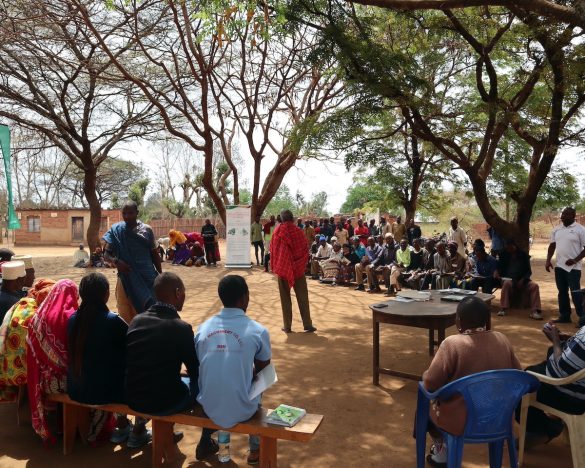Returns to improved storage and potential impacts on household food security and income: evidence from Tanzania
Warning: Trying to access array offset on value of type bool in /home/africarising/public_html/wp-content/plugins/slideshare/slideshare.php on line 162
Warning: Trying to access array offset on value of type bool in /home/africarising/public_html/wp-content/plugins/slideshare/slideshare.php on line 165
This poster presents the findings of a study that assessed the profitability of selected improved grain storage technologies and the potential impact of their adoption on food security and income of smallholder maize producers in Tanzania.
The study used on-farm experiment data, time series maize price data, and household survey data to address the objectives. The improved technologies evaluated were Purdue Improved Crop Storage (PICS) bags, metallic silos, and polypropylene (PP) bags treated with Actellic Super® (Shumba). They were compared with PP bags without insecticide treatment as the control.
Results showed that PICS bags and PP bags plus Shumba are profitable in all locations and not significantly different. While the feasible storage period varies by location, farmers are likely to make losses if they sell their maize in the first two months after harvest and in the last two months before the next harvest.
There were mixed results with regards to the profitability of metallic silos; bigger silos are profitable for farmers who have economies of scale to use them while smaller ones are profitable only within the context of higher grain price and bigger seasonal price gap.
The results also show that PICS bags (or PP bags plus Shumba) are useful for improving food security and income among poor rural households whereas metallic silos with bigger storage capacity can increase the income of farmers who have bigger surplus grain to sale.
This poster was presented at the Africa RISING ESA Project Review and Planning Meeting held in Lilongwe, Malawi 3-5 October 2018.




